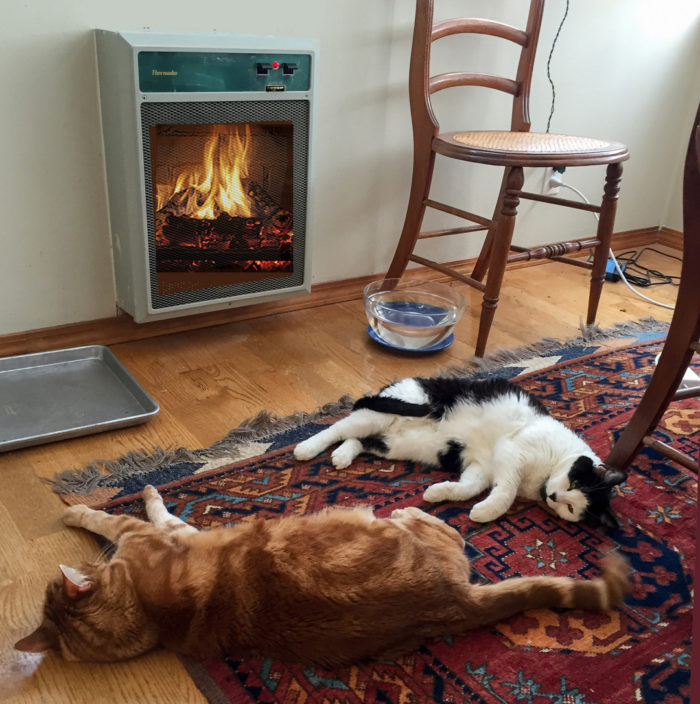
Image Credit: Image #1: A. Davey / Flickr
Low temperatures where David Gadbois lives aren’t Siberian, but he’s still interested in supplementing his ductless minisplit heating system with electric resistance heaters, something to provide a boost on just the coldest days of the year.
“I was thinking about slightly undersizing my ductless minisplit system and using a handful of electric resistant heaters to supplement on, say, the 5% coldest days,” Gadbois writes in a Q&A post at GBA. “These heaters could also help smooth out temperature gradients throughout the house, and finally can also serve as backup heat if the minisplit fails altogether.”
Although he isn’t specific about where he’s writing from, Gadbois notes the coldest days of the year are going to bottom out at about 5°F.
What he has in mind are some “low-temp, low wattage” ceiling panel heaters that run on 120-volt power.
Does that plan make sense? That’s the topic for this Q&A Spotlight.
Consider other electric options
Gadbois likes a couple of things about ceiling-mounted panels: they don’t make any noise, they don’t protrude into the living space, and they don’t require fans to distribute heat. Still, several GBA readers offer some alternatives.
Michael Maines, for example, writes that he had wanted to accomplish much the same thing at his own house and ended up with a wall-mounted Envi heater. Although these units project slightly from the wall, they do not incorporate a fan and have what Maines says is a “sleek and low profile.”
“They distribute heat via passive convection, so you get better air circulation that you would from a true radiant heater,” he writes. “In many ways they work like electric baseboard heaters, but look better. They also cost more, but are still very affordable.” [According to the…
Weekly Newsletter
Get building science and energy efficiency advice, plus special offers, in your inbox.

This article is only available to GBA Prime Members
Sign up for a free trial and get instant access to this article as well as GBA’s complete library of premium articles and construction details.
Start Free TrialAlready a member? Log in





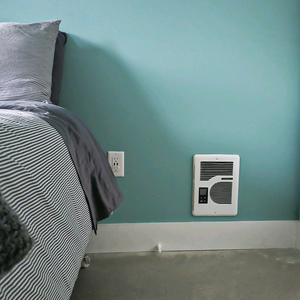
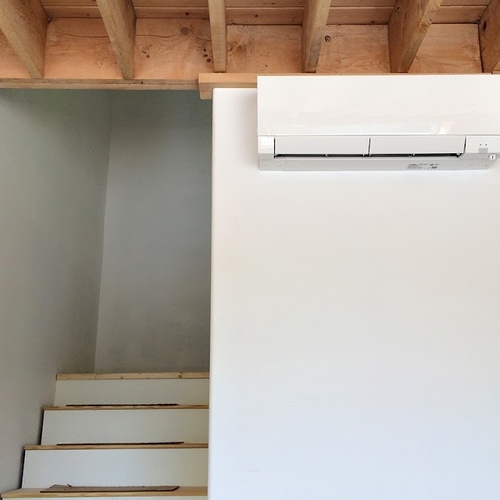
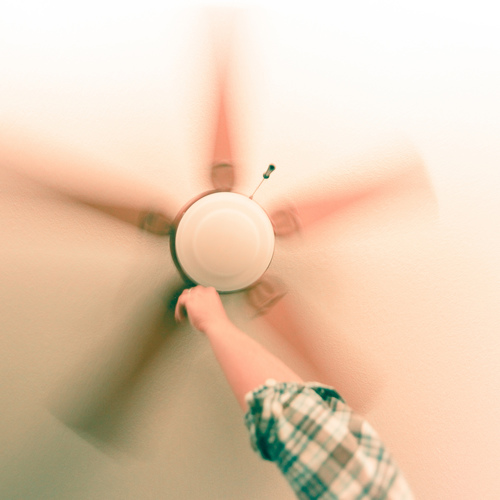
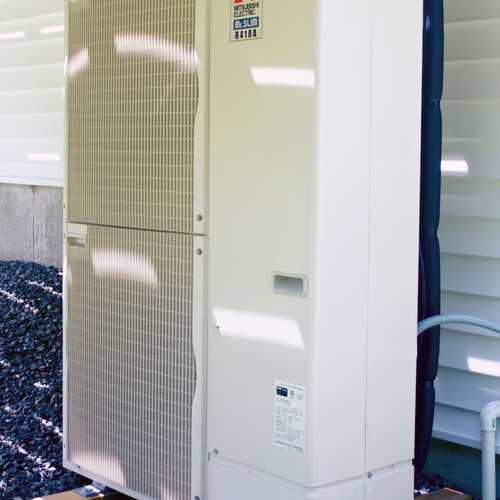






5 Comments
Makes me remember
Decades ago I lived in an apartment building that had radiant baseboard heaters (a rarity in Georgia). They were likely original to the building an installed before the owners decided to add central air. I really liked how quiet they were. Plus, each room was its own zone.
If I could live without air conditioning, which I can't, it would be a nice way to stay warm, especially in a really tight house.
seconding the Envi heaters
I have use and recommend Envi Heaters. They have a dial and 475 watts is the highest setting. the lowest setting is more than enough to heat my kids's 130 s.f room with two poorly insulated exterior walls here in Vermont. We use a second one in the larger main room when we leave for a few days in the winter as our only other heat source is a woodstove. They can be hardwired or plug into a standard outlet.
Robert, I purchased mine
Robert, I purchased mine (noted in the article) based on your recommendation. Ours heats a 6' x 8', poorly insulated pantry to between 50° and 60°, with the dial turned almost as low as it can go. If I put more effort into air sealing and insulating I'm sure the lowest possible setting would be plenty.
Another option, which I
Another option, which I expect the OP has already considered, is to get a minisplit system that handles lower temps, as some of the Mitsubishi and Daikin models do.
Here in Duluth, MN I bought a 1978 house with radiant ceiling heat. I guess it worked well enough the first winter (2020-21) which by local standards was mild. But there are gas fireplaces as well.
Before this last winter I got spooked about using this legacy system and just could not get my head around the physics. I put in a 48k btu Mitsubishi mini split with 5 head units for about 2500 sq ft, much of it with higher ceilings. I also upgraded the gas fireplaces to 3 new units. The legacy panels are backup because in my experience this last winter, which was a cold one, revealed even the best Mitsubishi systems cannot cope with -40 Wind chill. I still haven’t figured out which heating system is best, but the gas fireplaces seem to be cheaper to run as base load below 10 F WC.
Log in or become a member to post a comment.
Sign up Log in